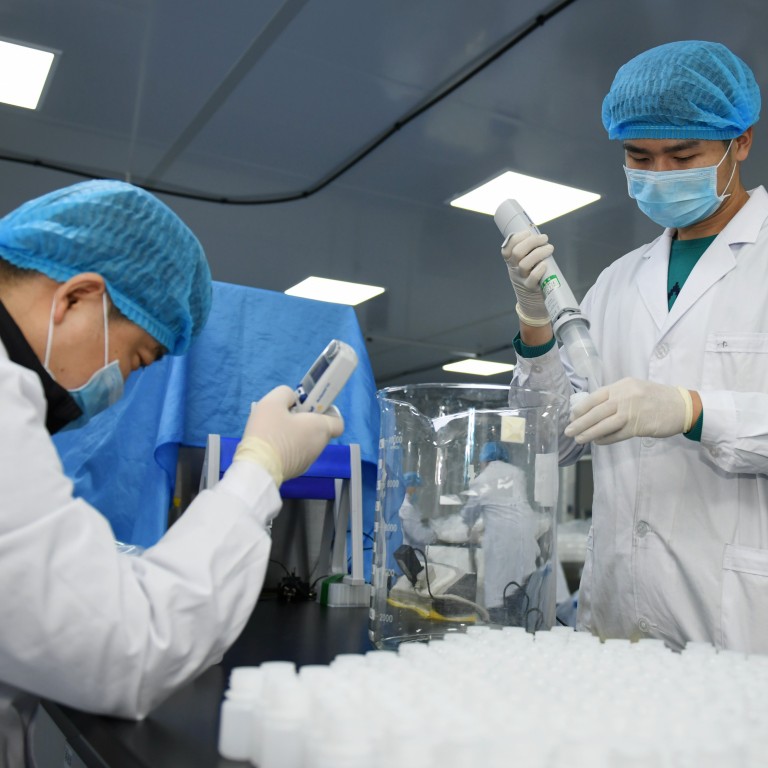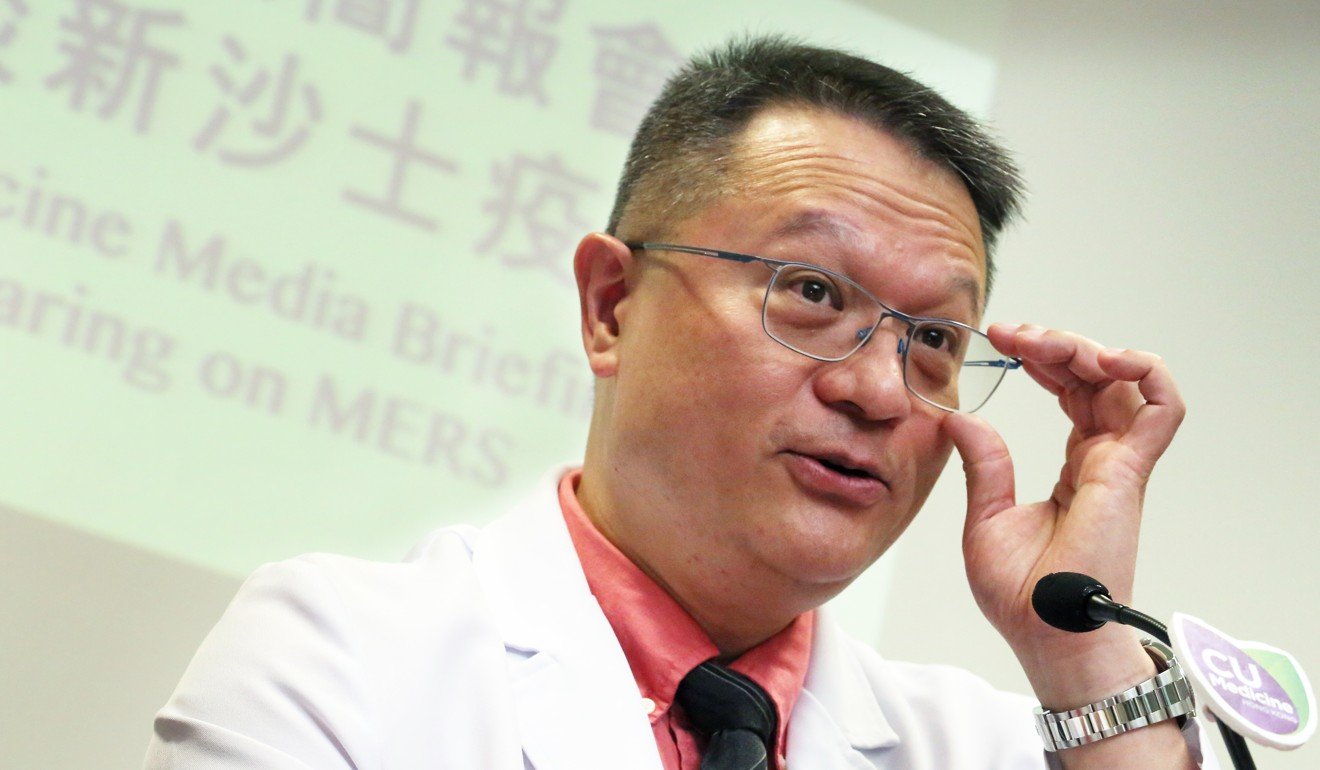
Coronavirus tally in epicentre Wuhan may be ‘just the tip of the iceberg’
- Medical experts say official number might not reflect true scale of the outbreak as many patients may be undiagnosed
- Testing kits are in short supply, meaning only the ‘fortunate’ who test positive are admitted to hospital for treatment
The official number of coronavirus cases in Wuhan might not reflect the true scale of the crisis as there may be many patients who are undiagnosed and not reported, medical experts said.
But some medical experts have expressed concern that the real number could be much higher because cases are only classified as confirmed once a patient has twice tested positive for the new strain of coronavirus. Given that there is also a shortage of coronavirus testing kits, the figure could be much higher than it actually is.
Professor David Hui Shu-cheong, a respiratory medicine expert from Chinese University of Hong Kong, said the official tally in Wuhan could be “just the tip of the iceberg” because it only reflected the acute cases where patients were admitted to hospital.
“There are many community cases that remain undiagnosed – unlike in Hong Kong, where cases are more carefully handled, including the mild ones. Of the 15 confirmed cases [in Hong Kong], 10 of [the patients] didn’t even need to be put on oxygen,” Hui said.
“So we’re talking about different denominators here. For an actual picture, one usually has to wait until after the outbreak settles for a general population, zero-prevalence study to be carried out – where blood tests would reflect the number of positive cases containing the antibody without presenting the symptoms,” Hui said.

In addition, Li Lanjuan, a member of the National Health Commission’s expert panel on the coronavirus, told state broadcaster CCTV on Monday that since there were not enough testing kits in Wuhan, “not everyone can get tested”.
“Early detection, early diagnosis, early isolation and early treatment cannot be done in Wuhan at the moment. I hope that the country can support Wuhan [more],” said Li, who was in the Hubei province city to help oversee the handling of the outbreak.
Frontline doctors in Wuhan confirmed that there was a limited number of testing kits available, and only a small number of “fortunate” patients who tested positive would be admitted to hospitals and receive treatment.
A doctor at the Union Hospital in Wuhan, who declined to be identified, said staff could only test about 100 patients a day, and they had to wait 48 hours for the results.
“When the National Health Commission announces the numbers, they’re already two days old,” the doctor said. “We also have to turn away patients with mild symptoms, knowing that many of them will return later [when their condition worsens]. But we don’t have the space in the testing centre, or the hospital beds.”
China starts clinical trials for new antiviral drug to treat coronavirus
Dr Joseph Tsang Kay-yan, a Hong Kong-based infectious disease specialist, said the shortage of testing kits in Wuhan meant doctors were limited in their ability to determine the real number of cases.
“There have also been many patients who died of undifferentiated respiratory and undiagnosed pneumonia symptoms in Wuhan since December – before the virus testing kits were made available,” Tsang said.
“These cases should have been investigated and counted [in the tally] if confirmed. These are factors pointing to inaccurate reporting of the official figures,” he said.
The Chinese government said on Monday that production of the testing kits had been disrupted by the Lunar New Year holiday break and that there should be more available soon.
“By February 1, our daily output was 773,000 [testing kit] units – equivalent to 40 times the number of suspected patients at the moment,” said Tian Yulong, chief engineer with the Ministry of Industry and Information Technology.
“We have only reached 60 to 70 per cent of our production capacity, and our work in the next stage is mainly about [fully] restoring production capacity,” he said.
But a doctor at the Tongji Hospital in Wuhan, speaking on condition of anonymity, said the kits were still in short supply.
“I don’t know what’s gone wrong – we only have a very limited number of testing kits every day, there’s been no increase yet,” the doctor said.
Additional reporting by Zhuang Pinghui


